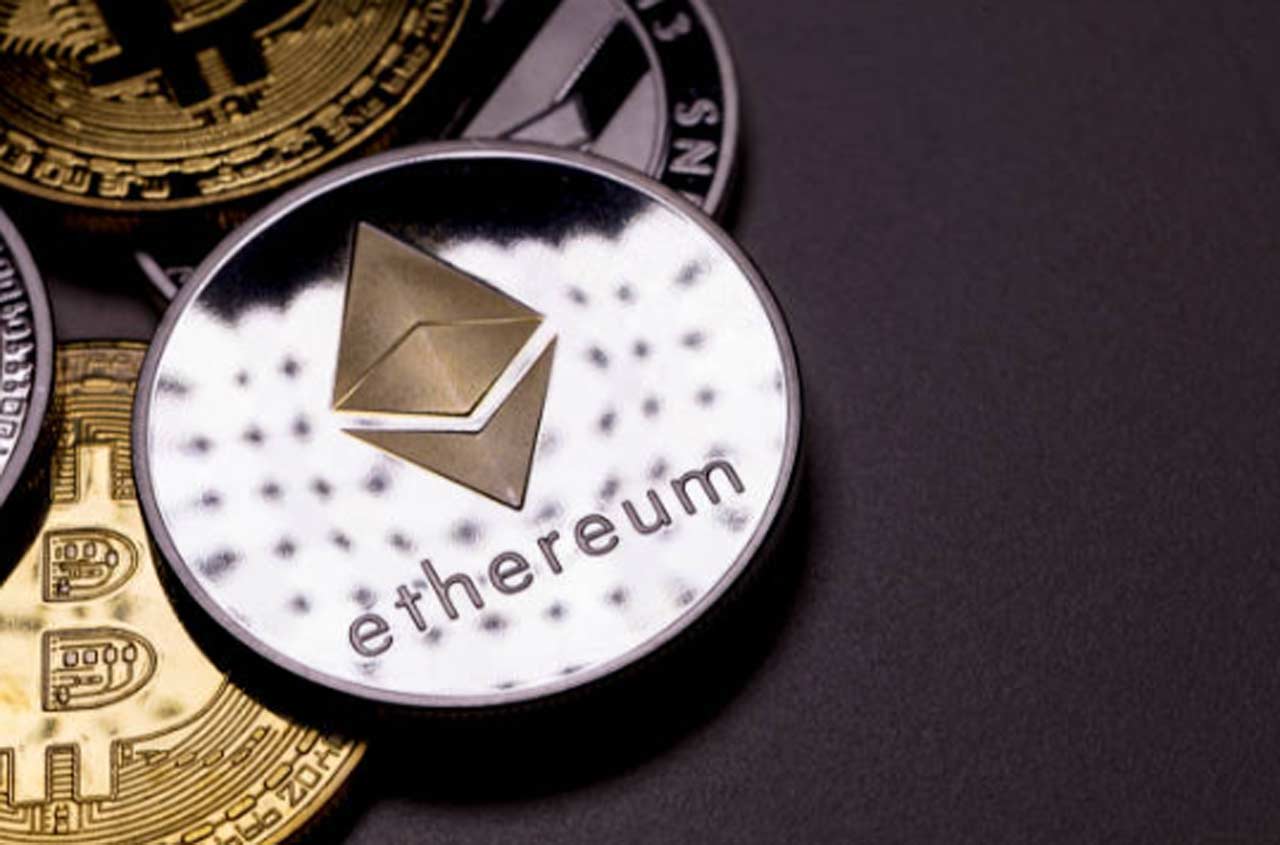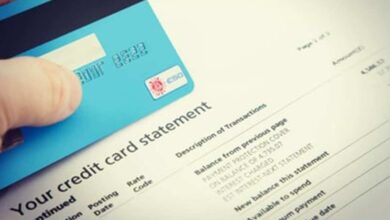
In recent years, the concept of tokenization has gained significant traction across various industries, promising to revolutionize traditional systems through blockchain technology. In the realm of education, tokenization holds the potential to transform the way we learn, earn credentials, and interact with educational content. At the forefront of this revolution is Ethereum, a decentralized blockchain platform renowned for its smart contract functionality and programmability. This article delves into the concept of tokenizing education and explores how Ethereum is driving innovation in the learning landscape. Discover how Ethereum’s technology is being leveraged in education by connecting with experts through https://ethereum-trader.app/, where traders and learners alike can find valuable insights.
The Concept of Tokenizing Education
Tokenizing education involves representing educational assets, such as credentials, certifications, and learning materials, as digital tokens on the blockchain. These tokens are programmable assets that can be easily transferred, verified, and exchanged within a decentralized network. By tokenizing education, traditional barriers to access and accreditation can be overcome, fostering a more inclusive and transparent learning ecosystem.
One of the primary benefits of tokenizing education is the democratization of access to learning resources. Through blockchain-based platforms, individuals from diverse backgrounds can access high-quality educational content without the need for intermediaries or traditional gatekeepers. Additionally, tokenization enables the fractional ownership of educational assets, allowing learners to invest in and contribute to educational content in a collaborative manner.
Examples of tokenized education initiatives on the Ethereum blockchain include projects like OpenZeppelin and Centrifuge. OpenZeppelin offers a library of open-source smart contracts that facilitate the creation and management of tokenized assets, including educational tokens. Centrifuge, on the other hand, provides a decentralized platform for financing and trading real-world assets, including educational loans and receivables.
Tokenizing Credentials and Certifications
One of the most promising applications of Ethereum in education is the tokenization of credentials and certifications. Traditional paper-based credentials are susceptible to fraud, tampering, and loss. By tokenizing credentials on the blockchain, individuals can have immutable and tamper-proof records of their achievements, which can be easily verified by employers, educational institutions, and other stakeholders.
Tokenized credentials offer several advantages over their traditional counterparts. First and foremost, they provide enhanced security and integrity, as the information is stored on a decentralized ledger that is resistant to tampering. Moreover, tokenized credentials streamline the verification process, reducing the administrative burden associated with manual credential verification.
Several projects have emerged to address the need for tokenized credentials on the Ethereum blockchain. For instance, Blockcerts, developed by MIT Media Lab and Learning Machine, enables the issuance and verification of blockchain-based credentials. Similarly, uPort, a self-sovereign identity platform built on Ethereum, allows individuals to manage and share their credentials securely.
Decentralized Education Platforms
Decentralized education platforms leverage Ethereum’s blockchain technology to create open and transparent learning environments. Unlike traditional centralized platforms, which are often plagued by issues such as censorship, data privacy concerns, and lack of transparency, decentralized platforms prioritize user control, privacy, and autonomy.
One notable example of a decentralized education platform is the Knowledge Token (KNW) ecosystem. Powered by Ethereum, KNW enables users to create, share, and monetize educational content through tokenization. By incentivizing content creation and consumption, KNW aims to democratize access to education and empower content creators.
Another example is the Blockchain Education Network (BEN), a global network of student organizations focused on blockchain education and innovation. BEN utilizes Ethereum’s smart contract functionality to facilitate peer-to-peer learning, collaboration, and resource sharing among students and educators worldwide.
Tokenized Incentives for Learning
Tokenized incentives play a crucial role in motivating learners and rewarding their achievements. Ethereum’s programmability enables the creation of custom incentive mechanisms, such as token-based rewards, badges, and certifications, to encourage desired behaviors and outcomes in educational settings.
One example of tokenized incentives for learning is the use of non-fungible tokens (NFTs) to represent unique achievements or milestones. NFTs, which are indivisible and irreplaceable tokens on the Ethereum blockchain, can be used to reward learners for completing courses, mastering skills, or participating in educational activities.
Additionally, decentralized autonomous organizations (DAOs) on Ethereum can leverage tokenized governance mechanisms to involve learners in decision-making processes and incentivize community participation. DAOs enable stakeholders to collectively govern educational platforms, allocate resources, and shape the future direction of the ecosystem.
Challenges and Limitations
Despite the potential benefits of tokenizing education on Ethereum, several challenges and limitations must be addressed to realize its full potential. One of the primary challenges is regulatory uncertainty, as the legal and regulatory frameworks surrounding blockchain-based education initiatives are still evolving.
Scalability is another significant concern, as Ethereum’s current infrastructure struggles to handle the high transaction volumes required for large-scale educational platforms. However, ongoing research and development efforts, such as Ethereum 2.0 and layer 2 scaling solutions, aim to address these scalability issues in the near future.
Moreover, interoperability and standardization are essential for ensuring compatibility and seamless integration across different tokenized education platforms. Establishing common standards and protocols for tokenized credentials, incentives, and governance can facilitate interoperability and foster collaboration within the ecosystem.
Conclusion
In conclusion, Ethereum is playing a pivotal role in revolutionizing learning through tokenization. By leveraging blockchain technology, Ethereum enables the tokenization of education assets, such as credentials, certifications, and learning materials, leading to greater accessibility, transparency, and efficiency in the education sector.







